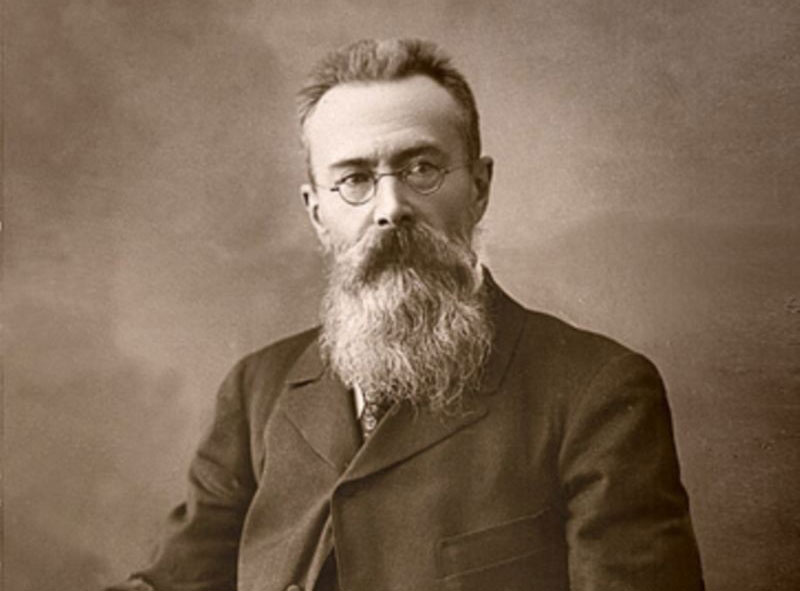
The Story Behind Korsakov’s Christmas Eve
Nikolai Rimsky-Korsakov (1844-1908), one of the most celebrated Russian composers, is renowned for his orchestration mastery, vivid imagination, and ability to weave Russian folklore and[…]

Top 10 Korsakov Songs
Nikolai Rimsky-Korsakov, a member of the famous Russian “Mighty Handful,” is celebrated for his masterful orchestration and richly evocative compositions. His works draw on Russian[…]

10 Fascinating Facts about Nikolai Rimsky-Korsakov
Nikolai Rimsky-Korsakov was a prominent figure in Russian classical music, known for his colorful orchestrations and vivid compositions. Here are 10 fascinating facts about this[…]

The Magnificent Melodies: Exploring the 10 Best Songs by Composer Nikolai Rimsky-Korsakov
Nikolai Rimsky-Korsakov, a legendary Russian composer of the late 19th and early 20th centuries, holds a prominent place in the annals of classical music. Known[…]

Nikolai Rimsky-Korsakov: The Melodic Mastermind of Russian Music
In the world of classical music, there are composers whose works continue to captivate audiences even long after their time. One such luminary is Nikolai[…]

Life and History of Korsakov
Nikolai Rimsky-Korsakov, born on March 18, 1844, in Tikhvin, Russia, was a prominent Russian composer, conductor, and music educator. He is regarded as one of[…]

Korsakov – Scheherazade, Op. 35 – Music | History
Scheherazade, also commonly Sheherazade (Russian), Op. 35, is a symphonic suite composed by Nikolai Rimsky-Korsakov in 1888 and based on One Thousand and One Nights[…]

Korsakov Biography – Music | History
Korsakov Biography – Music Collection Nikolai Andreyevich Rimsky-Korsakov (Russian 18 March [O.S. 6 March] 1844 – 21 June [O.S. 8 June] 1908) was a Russian[…]

Korsakov – Tale of Tsar Saltan (Flight of the Bumblebee)
Nikolai Rimsky-Korsakov – Tale of Tsar Saltan (Flight of the Bumblebee) The Tale of Tsar Saltan (Russian: Сказка о царе Салтане, Skazka o Tsare Saltane) is[…]

Korsakov – Variações
Nikolai Rimsky-Korsakov Nikolai Andreyevich Rimsky-Korsakov 18 March [O.S. 6 March] 1844 – 21 June [O.S. 8 June] 1908) was a Russian composer, and a member of[…]